Buy this digital art artwork Jaguar MK 2 Family Car In The Sixties by Jan Keteleer as a reproduction on canvas, ArtFrame, poster and wallpaper, printed on demand in high quality.
About "Jaguar MK 2 Family Car In The Sixties"
by Jan Keteleer
About the artwork
This second installment of our classic Jaguar review takes an in depth look at the Jaguar MK2. The second model of the all time low fuel-efficient, stylish, high-performanceperformance family car was redesigned for the new generation of 1960's classic car enthusiasts. The first generation of these cars was considered by many to be the purebred British sports car, so any changes were looked at with a bit of caution. The Jaguar was changed to a more masculine looking model complete with deep brocade window treatments, upholstered seats, and the long-flowing exhaust pipes replaced by shorter and less intrusive stainless steel units. Up to sixty thousand could be saved by eliminating the electric windows, which only had room for six personal hand grips.
As might be expected from a car that has such a reputation for being one of the most practical on the market today, the Jaguar needed to create something really special. The new car not only featured a longer wheelbase to allow for a larger engine to be fitted, but the engine became an upgraded version of the same one found in the vintage. A four-speed manual or a dual zone automatic was standard, and the interior featured new materials as well, including improved upholstery with cloth finishes and upholster buttons. Up to sixty thousand could be saved when using the manual option and forty thousand when using the automatic.
Jaguar's first sports car also received a major face lift. The hood, with its two large vents, was si

About Jan Keteleer
Jan Keteleer, known in the art world as JanKé, is a Belgian artist whose work flows seamlessly between the realms of classical and contemporary art. With an eye for both tradition and innovation, his creations transcend time, encompassing styles as varied as pop art, impressionism,.. Read more…
 Netherlands
Netherlands Ordered in August 2017
Ordered in August 2017
 Netherlands
Netherlands Ordered in December 2021
Ordered in December 2021
 Netherlands
Netherlands Ordered in February 2023
Ordered in February 2023
 Netherlands
Netherlands Ordered in October 2021
Ordered in October 2021
 Netherlands
Netherlands Ordered in June 2020
Ordered in June 2020
 Germany
Germany Ordered in September 2019
Ordered in September 2019
 Germany
Germany Ordered in March 2021
Ordered in March 2021
 Netherlands
Netherlands Ordered in June 2022
Ordered in June 2022
 Netherlands
Netherlands Ordered in July 2025
Ordered in July 2025
 Germany
Germany Ordered in October 2021
Ordered in October 2021
 Germany
Germany Ordered in December 2021
Ordered in December 2021
 Netherlands
Netherlands Ordered in March 2017
Ordered in March 2017
About the material
ArtFrame™
Interchangeable Art Prints
- High-quality print
- Easily interchangeable
- Acoustic function
- Large sizes available
Discover the artworks of Jan Keteleer
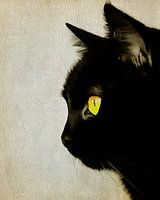 Portrait of a catJan Keteleer
Portrait of a catJan Keteleer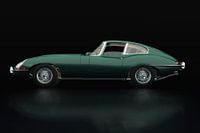 Jaguar E Type Lateral ViewJan Keteleer
Jaguar E Type Lateral ViewJan Keteleer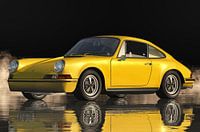 Porsche 911Jan Keteleer
Porsche 911Jan Keteleer Girl Wearing a Bikini on the Diving Board - A Fifties Style For TodayJan Keteleer
Girl Wearing a Bikini on the Diving Board - A Fifties Style For TodayJan Keteleer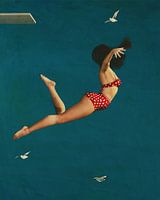 Girl Diving Into the Sea Wearing a BikiniJan Keteleer
Girl Diving Into the Sea Wearing a BikiniJan Keteleer Woman Diving Into the Early SummerJan Keteleer
Woman Diving Into the Early SummerJan Keteleer Diving into the CloudsJan Keteleer
Diving into the CloudsJan Keteleer Girl Diving Into WaterJan Keteleer
Girl Diving Into WaterJan Keteleer Two Women on a Diving PlatformJan Keteleer
Two Women on a Diving PlatformJan Keteleer Girl swimming underwater IIJan Keteleer
Girl swimming underwater IIJan Keteleer Abstract Circles Art Painting by Jan KeteleerJan Keteleer
Abstract Circles Art Painting by Jan KeteleerJan Keteleer Is she going to dive or is she not going to diveJan Keteleer
Is she going to dive or is she not going to diveJan Keteleer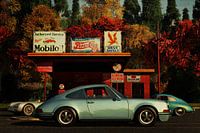 Porsche 911and Porsche 356 plus Porsche 550 in front of a gas stationJan Keteleer
Porsche 911and Porsche 356 plus Porsche 550 in front of a gas stationJan Keteleer African women on the road in a boatJan Keteleer
African women on the road in a boatJan Keteleer Expressionist painting of African womenJan Keteleer
Expressionist painting of African womenJan Keteleer Two Boys Walking on the BeachJan Keteleer
Two Boys Walking on the BeachJan Keteleer Summer stormJan Keteleer
Summer stormJan Keteleer Fearless ClimberJan Keteleer
Fearless ClimberJan Keteleer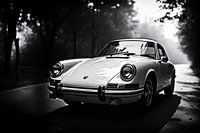 Porsche 911 a Timeless Icon on the Open RoadJan Keteleer
Porsche 911 a Timeless Icon on the Open RoadJan Keteleer Silver Porsche 911 in Rustic Garage SceneJan Keteleer
Silver Porsche 911 in Rustic Garage SceneJan Keteleer
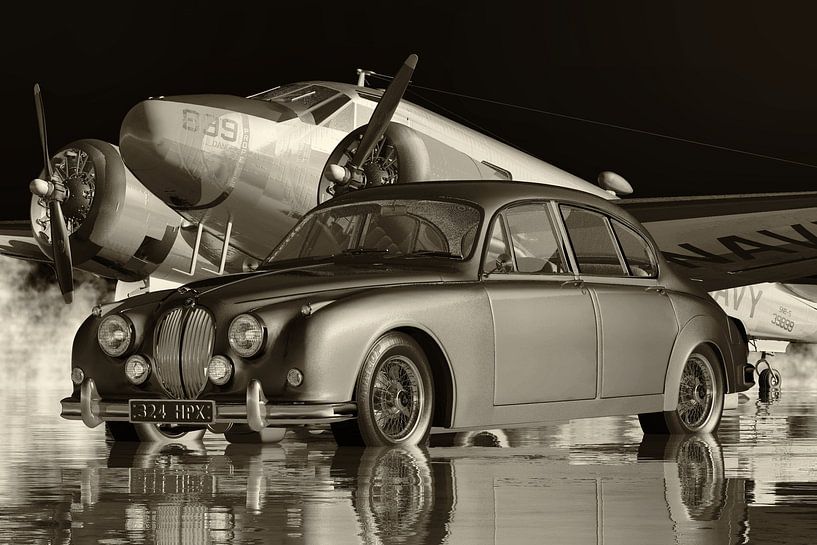

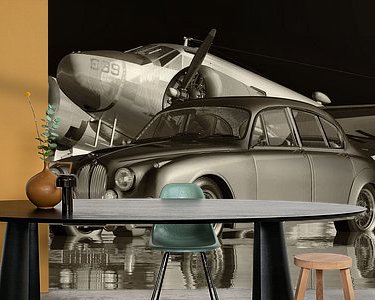
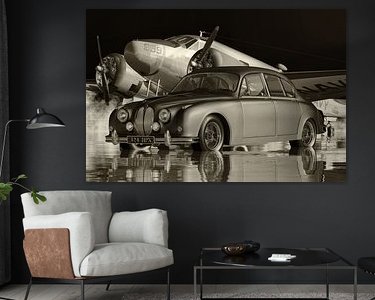

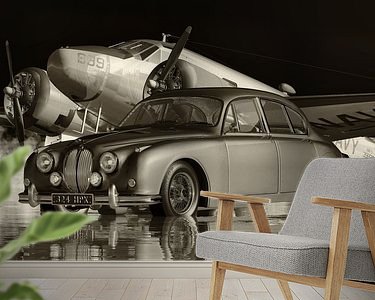


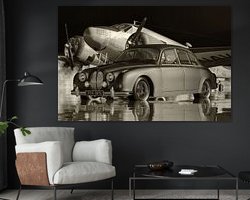


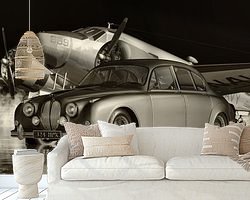

 Car racing
Car racing Cars
Cars Digital art
Digital art England
England Nostalgic Memories
Nostalgic Memories Old-timers
Old-timers Serene Peace
Serene Peace Tigers, cheetahs and more
Tigers, cheetahs and more Vintage
Vintage









